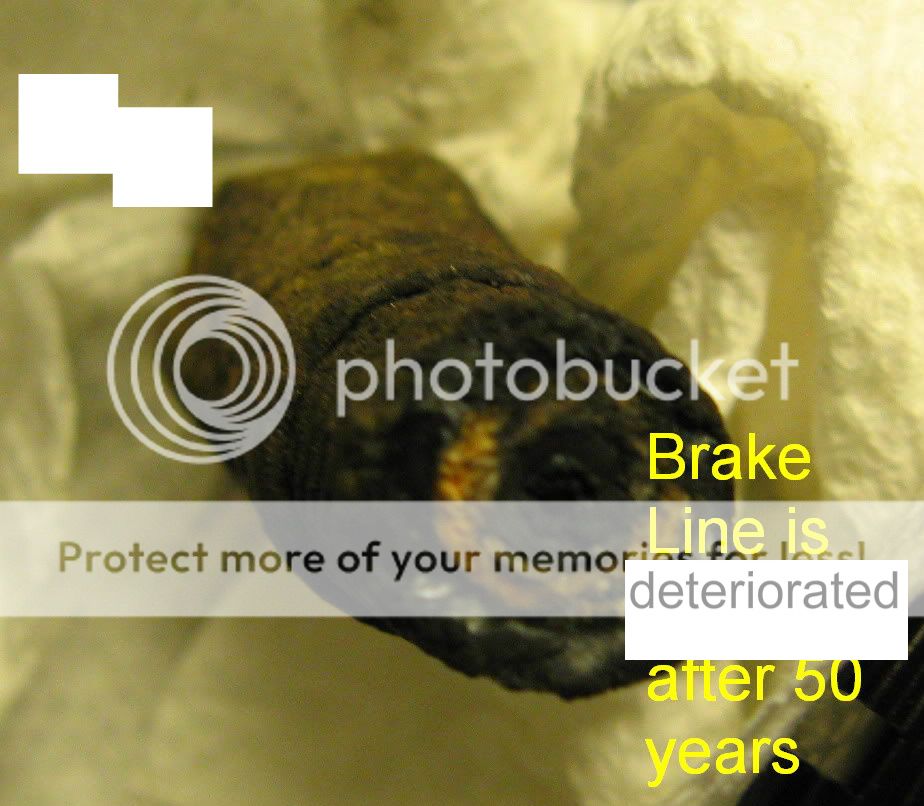Mowgli81
Member
Offline
Apparently the Brakes were done in 2008. The car has sat for the last two years. Upon depressing the brake pedal it goes straight to the floor. I opened the small can that appears to be the "Master Cylinder" filled with brake fluid and it is pretty much empty. I inspected all the brakes at the wheels to see if there was a prominent leak, and I did not see one. I have only worked with more traditional Master cylinders.
My question is this:
1. Can I add brake fluid and bleed them and be OK? Or is there another process I should follow?
2. Is it traditional dot 3 brake fluid?
3. Anyone recommend a good manual for this vehicle?
Thanks to you all for your answers, encouragement and support.
My question is this:
1. Can I add brake fluid and bleed them and be OK? Or is there another process I should follow?
2. Is it traditional dot 3 brake fluid?
3. Anyone recommend a good manual for this vehicle?
Thanks to you all for your answers, encouragement and support.

 Hi Guest!
Hi Guest!

 smilie in place of the real @
smilie in place of the real @
 Pretty Please - add it to our Events forum(s) and add to the calendar! >>
Pretty Please - add it to our Events forum(s) and add to the calendar! >> 


